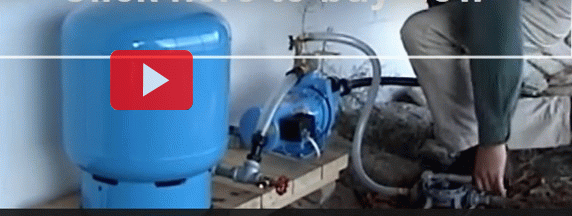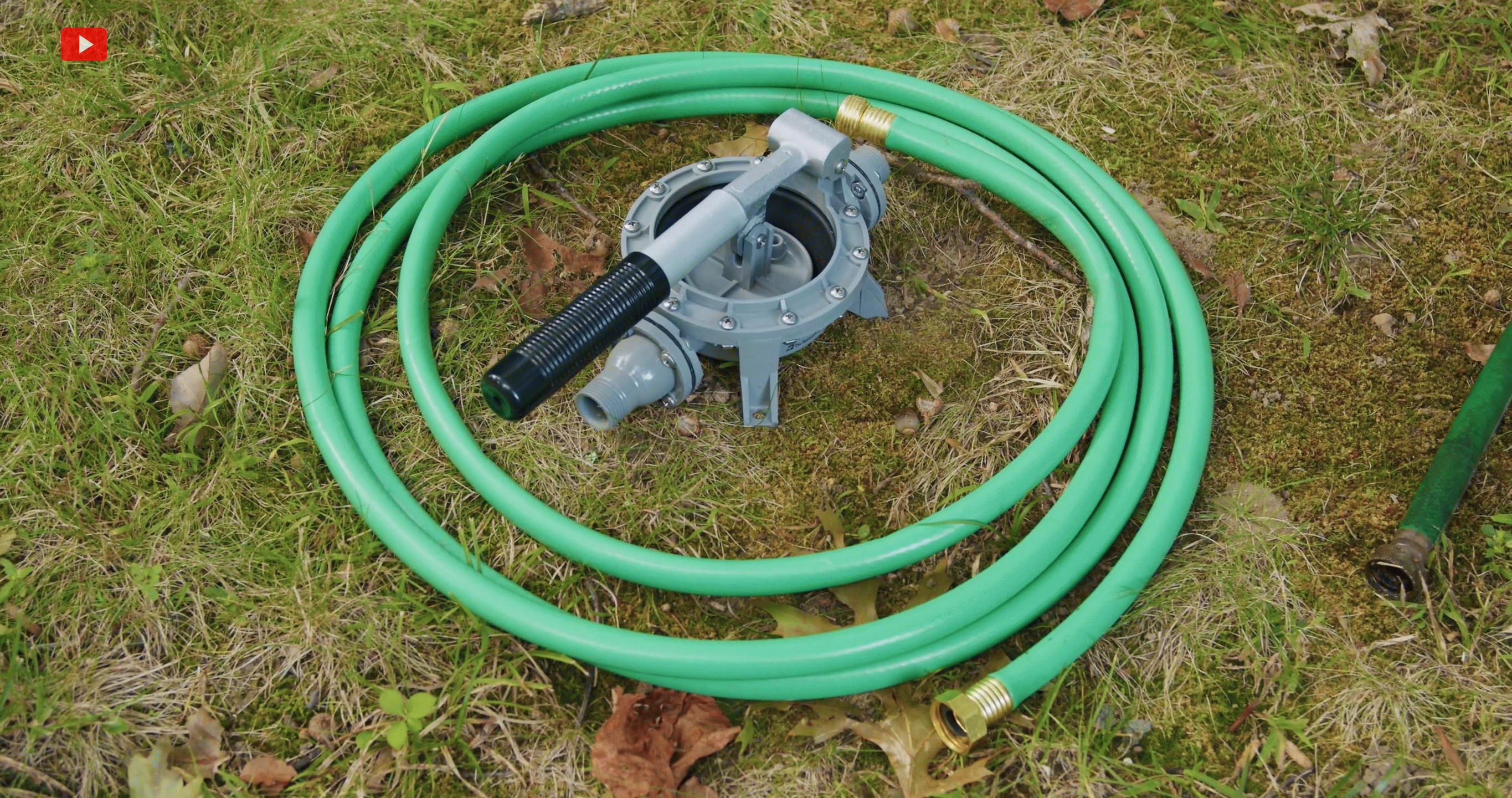Guzzler pumps are ideal for a wide variety of fluid transfer uses around the house, cottage, garden and shop. Whether you are a contractor, handyman or householder, you will find 101 uses for a Guzzler.
Keep a Guzzler nearby for priming shallow wells, dewatering pits or trenches, winterizing plumbing, watering small gardens, removing standing water from a tub or broken washing machine, priming jet pumps, etc. During power outages, you can use a Guzzler to pump water from a shallow well. Use a Guzzler to transfer lake water to a holding tank. Guzzlers will fill a 45-gallon drum in a matter of minutes and can easily lift water up to 12 feet (22 feet when equipped with a check valve!) You can prime a jet pump with 100 feet of water line and 10 feet of lift in less than 2 minutes!
And Guzzlers come in a wide variety of end sizes and styles to fit your needs. There are even male and female garden hose pump fittings available that will allow you to directly connect your Guzzler to a standard garden hose.
There’s a reason we say, “If you haven’t got a Guzzler, you still need a pump!”

Priming a Jet Pump with a Guzzler

Starting a siphon with a Guzzler pump
Have a Guzzler® video to share? Send us your product video and we’ll post it on this web page!
Just email us a Youtube or Vimeo link or the actual video to Videos@thebosworthco.com
Distinguishing the "400" from the "500" Guzzler pump
Installation instructions for Guzzler hand pumps
Replacing the diaphragm in Guzzler "400" and "500" hand pumps
Replacing flapper valves in Guzzler "400" series pump
Replacing flapper valves in Guzzler "500" series pump
Replacing duckbill valves in a Guzzler pump
Viscosity ratings for Guzzler pumps
Changing from horizontal to vertical handle or vice versa on '400 & '500 series pumps